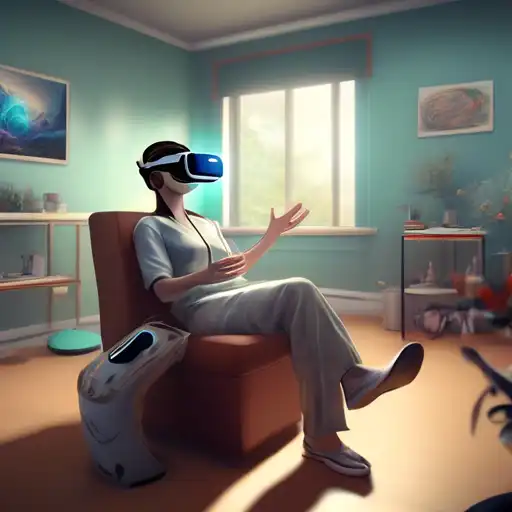The Transformative Role of Virtual Reality in Modern Therapy
Virtual Reality (VR) technology has transcended its initial entertainment-centric applications to become a groundbreaking tool in the field of therapy. By immersing patients in controlled, virtual environments, therapists are now able to treat a variety of psychological and physical conditions more effectively than ever before.
Understanding VR Therapy
VR therapy, also known as virtual reality exposure therapy (VRET), leverages the immersive power of VR to simulate real-world scenarios. This allows patients to confront and work through their fears in a safe, controlled setting. The technology has shown remarkable success in treating conditions such as PTSD, anxiety disorders, and phobias.
Applications of VR in Therapy
The applications of VR in therapy are vast and varied. Below are some of the key areas where VR is making a significant impact:
- Mental Health: VR is being used to treat anxiety, depression, and PTSD by exposing patients to virtual environments that help them process and overcome their traumas.
- Physical Rehabilitation: Patients recovering from strokes or injuries are using VR to regain motor skills through engaging and interactive exercises.
- Pain Management: VR has been found to reduce pain perception in patients undergoing painful treatments or recovering from surgeries by distracting them with immersive experiences.
- Social Skills Training: Individuals with autism spectrum disorder (ASD) are benefiting from VR programs designed to improve their social interaction skills in a controlled environment.
The Benefits of VR Therapy
VR therapy offers several advantages over traditional therapy methods. These include:
- Safety: Patients can face their fears without any real-world risks.
- Control: Therapists can tailor the virtual environment to meet the specific needs of each patient.
- Engagement: The immersive nature of VR makes therapy sessions more engaging and less intimidating for patients.
- Accessibility: VR therapy can be accessed from anywhere, making it a viable option for those who cannot attend in-person sessions.
Challenges and Future Directions
Despite its potential, VR therapy faces challenges such as high costs and the need for specialized equipment. However, as technology advances and becomes more affordable, it is expected that VR therapy will become more widespread. Future developments may include more personalized therapy programs and the integration of AI to adapt scenarios in real-time based on patient responses.
For those interested in exploring more about how technology is revolutionizing healthcare, check out our article on The Impact of AI on Healthcare.
In conclusion, VR is transforming the therapeutic landscape by offering innovative solutions to age-old problems. Its ability to simulate real-life scenarios in a controlled environment makes it an invaluable tool in both mental and physical therapy. As we continue to explore its potential, VR therapy stands to redefine our approach to treatment and recovery.
